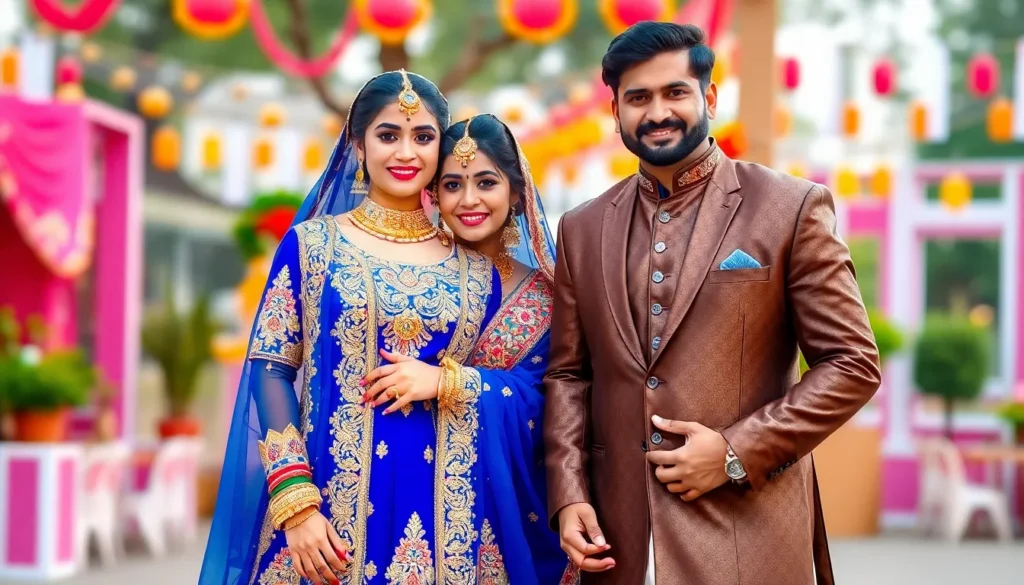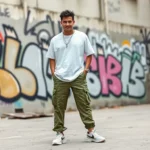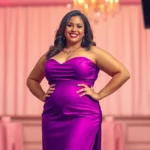Table of Contents
ToggleWhen it comes to formal wear, Pakistani fashion is like a spicy biryani—rich, vibrant, and unforgettable. From intricate embroidery to luxurious fabrics, it offers a unique blend of tradition and modern flair that can make anyone feel like royalty. Whether it’s a wedding, a corporate event, or a family gathering, slipping into a well-tailored shalwar kameez or a stunning lehenga can transform a regular day into a celebration.
Overview of Pakistani Formal Wear
Pakistani formal wear embodies a rich tapestry of culture and aesthetics. Characterized by detailed embroidery, these garments stand out with their ornate craftsmanship. Tailored shalwar kameez remains a staple, celebrated for its versatility. Lehenga and gharara styles showcase elegance, making them perfect for weddings and festive gatherings.
Fabrics such as silk, chiffon, and brocade play significant roles in formal wear choices. Silk offers a luxurious feel, while chiffon provides a light, flowing silhouette. Brocade presents opulence, often adorned with intricate patterns and designs. Cotton blends offer comfort for daytime events while maintaining a formal look.
The color palette frequently includes vibrant shades like royal blue, deep red, and emerald green, as well as subtle pastels. Embellishments, such as sequins, zari work, and crystal detailing, enhance the overall appearance. Event themes often dictate the selection of colors and styles, aligning with traditional customs and modern trends.
Accessories complete the formal look. Jewelry pieces such as jhumkas, necklaces, and bangles add sparkle and sophistication. Footwear options range from traditional khussas to contemporary heels, catering to individual preferences.
Trends in Pakistani formal wear continually evolve, integrating global influences while preserving cultural heritage. Designers blend modern silhouettes with classic traditional elements, ensuring a harmonious balance between old and new. Choices in formal wear significantly elevate personal expression, reflecting identity and sophistication.
Traditional Attire
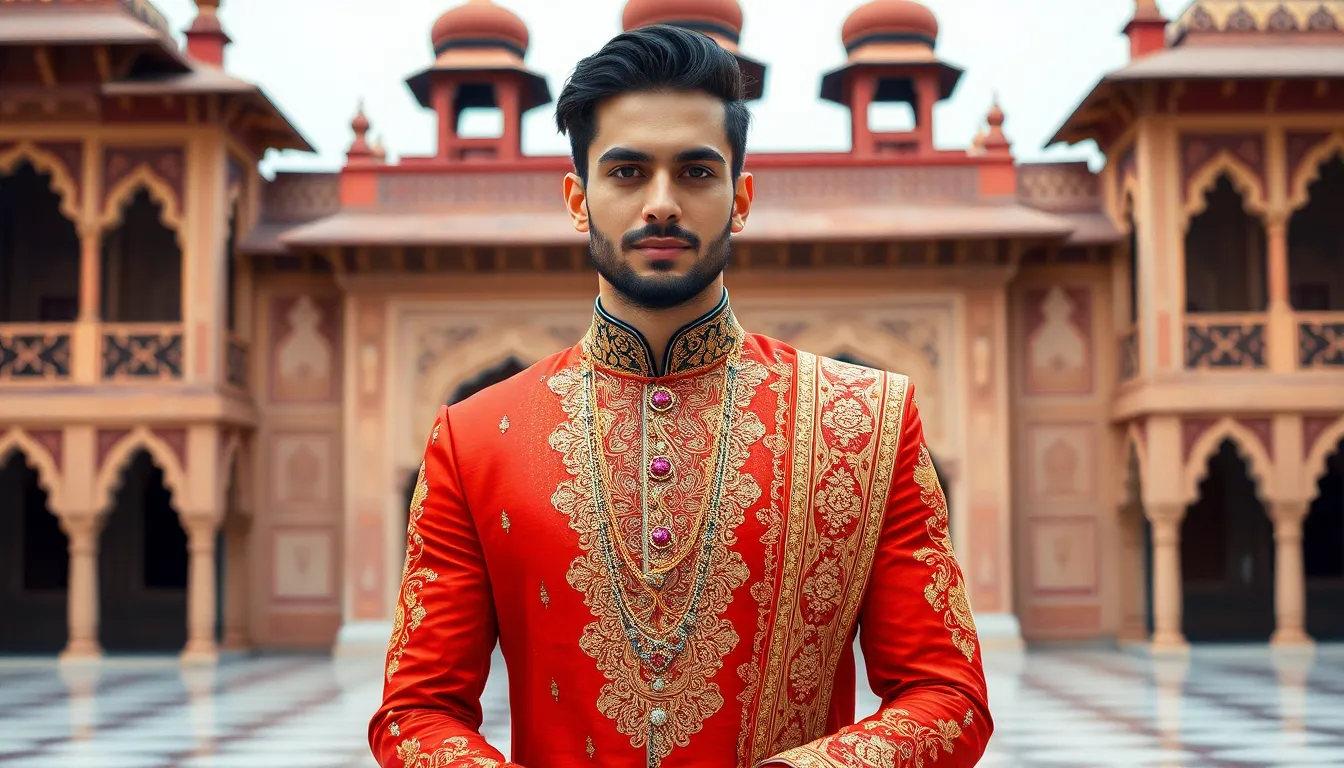
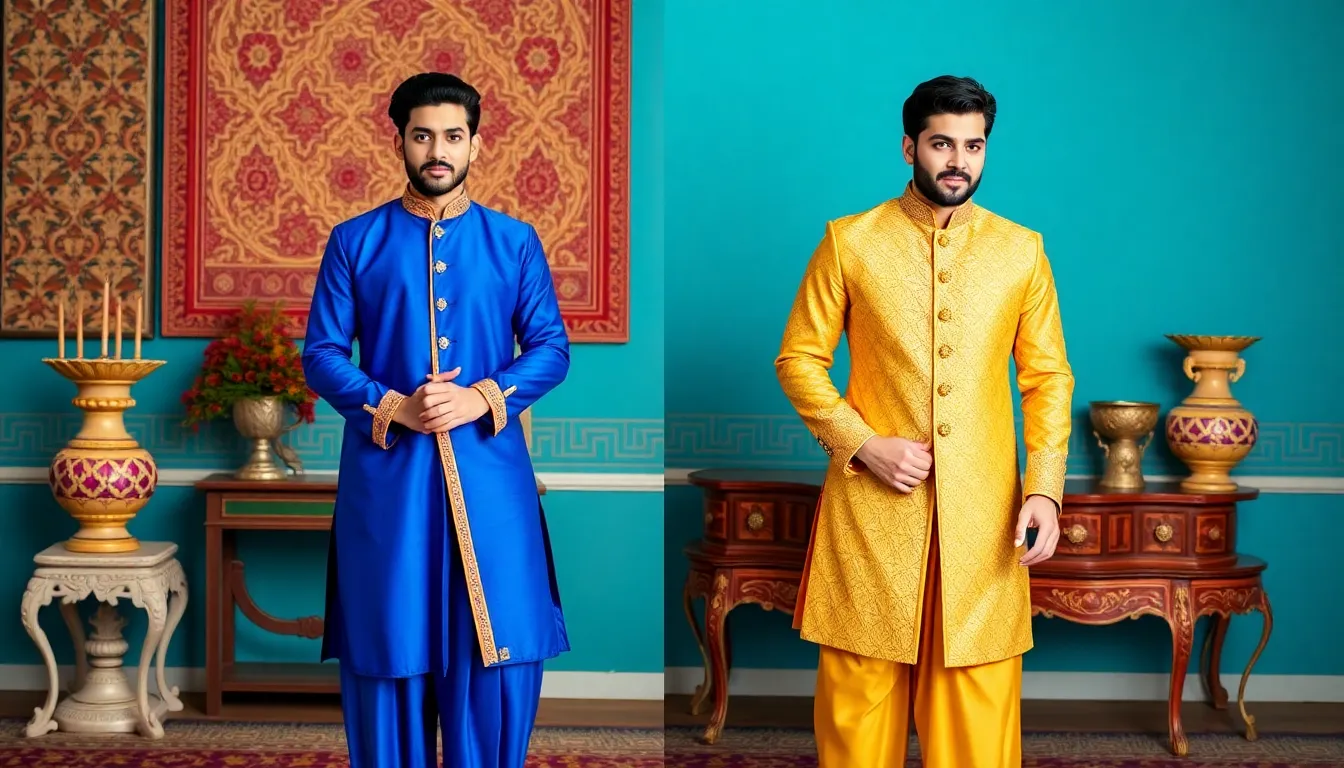
Pakistani formal wear showcases rich cultural heritage through its traditional attire, notably the shalwar kameez and sherwani. Each garment reflects intricate craftsmanship and stunning aesthetics.
Shalwar Kameez
Shalwar kameez embodies comfort and style. Typically, it consists of a long tunic paired with loose-fitting trousers. Designers often use luxurious fabrics like silk and chiffon for crafting this attire. Various styles appeal to different occasions, making it a versatile choice. Vibrant colors such as royal blue and emerald green enhance the garment’s visual appeal. Embroidery and embellishments elevate the overall look, turning it into a statement piece. Tailoring ensures a flattering fit suitable for formal events, revealing the wearer’s sense of style.
Sherwani
Sherwani exudes elegance and sophistication. This traditional coat is worn over the shalwar kameez for formal events, particularly weddings. Different lengths and cuts provide options for individual tastes. Crafting often involves intricate embroidery and rich fabrics, like brocade and velvet, which add opulence. Popular colors include deep reds and gold tones, symbolizing festivity and celebration. Accessories like turbans and embellished footwear enhance the sherwani’s grandeur. The sherwani serves as a staple in Pakistani formal wear, making a striking impression at any gathering.
Contemporary Styles
Contemporary Pakistani formal wear showcases a vibrant blend of tradition and modernity. The evolution in styles reflects current fashion trends while maintaining cultural roots.
Fusion Wear
Fusion wear combines traditional garments with modern aesthetics. Designers blend shalwar kameez with Western silhouettes, creating versatile pieces for diverse occasions. Popular examples include asymmetrical tops paired with palazzos or skirts. This approach offers wearers the freedom to express individuality. Additionally, bold prints and contrasting fabrics enhance style, making fusion wear a sought-after choice for events like parties and casual gatherings.
Designer Collections
Designer collections feature unique interpretations of Pakistani formal wear. Renowned designers craft captivating pieces that emphasize luxury and craftsmanship. Collections often include elaborate lehengas adorned with intricate embroidery and embellishments. High-end fabrics like silk and chiffon dominate, ensuring comfort and elegance. Many designers also incorporate contemporary cuts and innovative designs, appealing to modern sensibilities. Seasonal collections keep up with evolving trends, making designer pieces a staple for any fashion-conscious wardrobe.
Fabric and Embellishments
Pakistani formal wear showcases a variety of luxurious fabrics and intricate embellishments that enhance the overall aesthetic. Each fabric contributes uniquely to the garment’s beauty and comfort.
Common Fabrics Used
Silk stands out for its smooth texture and radiant finish, often used in lehengas and shalwar kameez. Chiffon provides a light, flowing quality, ideal for formal dresses and drapes. Brocade, known for its rich patterns, adds a touch of opulence, especially in sherwanis. Cotton blends offer comfort and breathability, making them suitable for daytime events. Additionally, velvet makes a statement in winter gatherings, exuding warmth and richness. Each selection of fabric plays a crucial role in shaping the elegance of Pakistani attire.
Traditional Embellishments
Traditional embellishments elevate Pakistani formal wear through expert craftsmanship. Embroidery, including intricate floral patterns, significantly enhances the visual appeal of garments. Zari work, using metallic threads, adds a luxurious sheen, common in lehengas and sherwanis. Additionally, sequins provide sparkle, capturing light beautifully during celebrations. Beading offers further dimensions, creating striking focal points on fabric. Mirror work, unique to regional styles, introduces a distinct charm. Each embellishment serves to enrich the overall look, showcasing the artistry inherent in Pakistani fashion.
Occasions for Pakistani Formal Wear
Pakistani formal wear shines across various occasions, showcasing culture and elegance. Events such as weddings and cultural celebrations highlight the intricate designs and luxurious fabrics associated with this attire.
Wedding Attire
Weddings serve as the pinnacle of occasions for Pakistani formal wear. Couples often opt for lavish outfits featuring heavily embroidered lehengas, sherwanis, and shalwar kameez. Designers utilize rich fabrics such as silk and brocade to enhance the overall grandeur of the outfit. Brides frequently wear vibrant colors like crimson or gold, while grooms radiate elegance in understated tones adorned with exquisite detailing. Both the bridal and groom’s party often coordinates their outfits, reflecting the joyous atmosphere of the celebration. Accessories like jhumkas and embellished footwear further enhance the ceremonial look, ensuring participants embody the spirit of festivity.
Cultural Celebrations
Cultural celebrations across Pakistan also call for stunning formal wear. Events like Eid and Basant display traditional attire with a contemporary twist, balancing festive spirit and personal style. Participants often wear colorful shalwar kameez or intricately designed lehengas, celebrating heritage and identity. Fabrics such as chiffon and cotton blends offer comfort during these joyful gatherings. Decorative elements like mirror work or sequins elevate casual pieces into striking outfits. Families frequently coordinate their attire to enhance togetherness while embracing the significance of these cultural festivities. Overall, each occasion remains an opportunity to showcase the rich artistry of Pakistani fashion through carefully selected attire.

